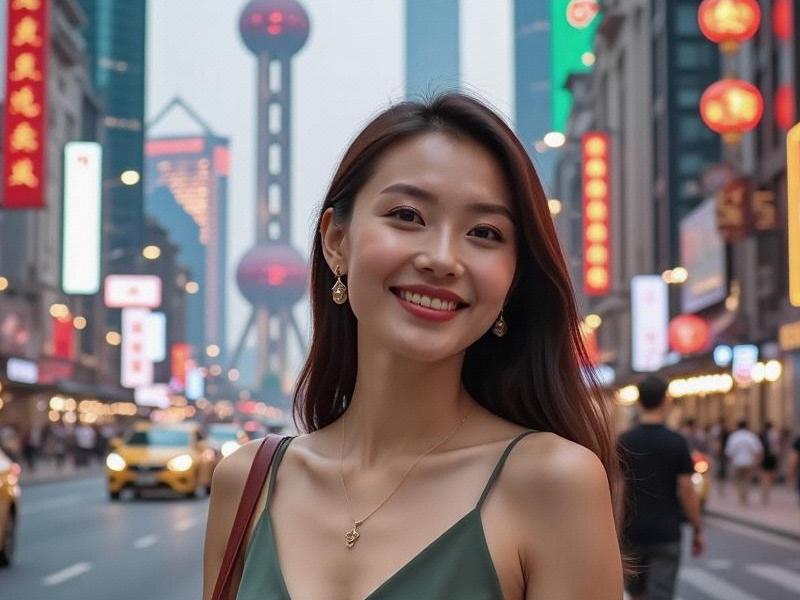
[Article Content]
I. Historical Foundations (1920s-1990s)
1. The Golden Era (1920s-1940s)
- The rise of Shanghai's "Modern Girls"
- Qipao revolution and fashion entrepreneurship
- Early female business pioneers in treaty port economy
2. Socialist Transformation (1950s-1970s)
- Gender equality in industrial workforce
- Practical beauty standards
- Women's role in urban industrialization
上海龙凤419油压论坛 3. Reform and Opening (1980s-1990s)
- Return of fashion consciousness
- White-collar career emergence
- Consumer culture adoption
II. Contemporary Portrait (2000-Present)
1. Professional Landscape
- 62% of mid-level management positions held by women (2024 stat)
- Notable female entrepreneurs case studies
- Tech industry leadership roles
2. Fashion and Lifestyle
上海品茶网 - Shanghai Fashion Week's global influence
- Social media style icons analysis
- Beauty industry consumption patterns
3. Social Dynamics
- Marriage age trends (average 30.2 years)
- Single professional women phenomenon
- Parenting and career balance innovations
III. Comparative Analysis
1. Domestic Contrasts
- Versus Beijing's political femininity
上海娱乐联盟 - Compared to Guangzhou's businesswomen
- Contrasted with Chengdu's leisure culture
2. International Parallels
- Similarities with Tokyo's office ladies
- Differences from Seoul's beauty standards
- Unique Shanghai characteristics
IV. Future Projections
- AI era career adaptations
- Sustainable fashion leadership
- Next-generation social expectations
Conclusion: Shanghai women continue evolving as China's most influential urban feminine archetype, blending global sophistication with local pragmatism in ways that redefine modern Chinese womanhood.
